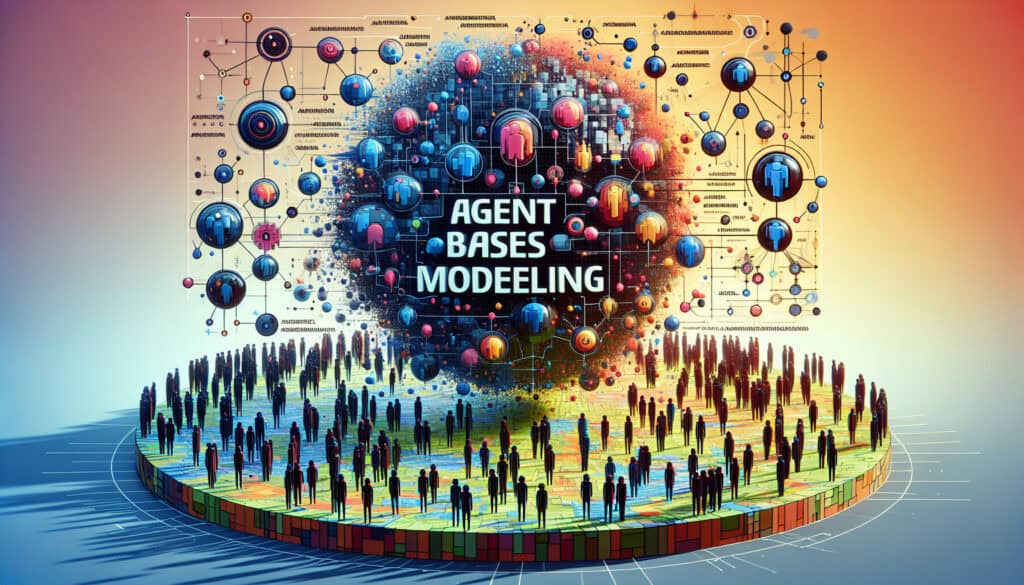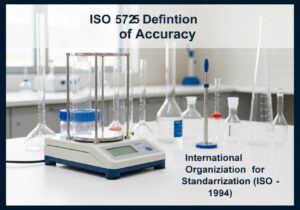A computational modeling technique that simulates the actions and interactions of autonomous agents (both individual and collective entities) to assess their effects on the system as a whole.
- Methodologies: Engineering, Quality
Agent-Based Modeling

Agent-Based Modeling
- Artificial Intelligence (AI), Machine Learning, Simulation, Systems Modeling Language (SysML)
Objective:
How it’s used:
- In various fields, it's used to understand complex systems by modeling the behavior of individual agents and observing the emergent patterns and behaviors of the system.
Pros
- Allows for the study of complex systems that are difficult to analyze with traditional methods, can capture emergent behavior, and provides a flexible framework for modeling a wide range of phenomena.
Cons
- Can be computationally expensive, the results can be sensitive to the assumptions made about agent behavior, and validating the model can be challenging.
Categories:
- Economics, Engineering, Problem Solving
Best for:
- Simulating the behavior of complex systems with many interacting agents.
Agent-Based Modeling (ABM) serves as a powerful tool across various fields, including environmental science, economics, sociology, and engineering, where it can effectively simulate and analyze the behavior of individual agents, such as consumers, animals, or even products, within a system. In environmental science, for example, ABM can model the interactions between different species and their habitat, providing insights into ecosystem dynamics and aiding in conservation efforts. In the realm of economics, researchers use ABM to simulate market behaviors, allowing for the examination of how economic agents react to changes in policy or market conditions, which can inform government decisions on regulations and intervention strategies. The methodology is also applicable in urban planning, where it can simulate the movement and behavior of residents within a city to optimize infrastructure development. During different phases of a project lifecycle, ABM can be integrated at the design and testing stages, allowing stakeholders, including engineers, designers, and researchers, to visualize potential outcomes and refine product features accordingly. By involving cross-disciplinary teams, including domain experts, data scientists, and end-users, ABM can facilitate collaborative problem solving, leading to more effective and user-centered designs. This methodology’s adaptability enables it to be tailored to specific research questions and contexts, making it suitable for use in pilot studies or large-scale implementations, depending on the project’s goals and resource availability.
Key steps of this methodology
- Define the problem and identify the system of interest.
- Identify the agents involved and their characteristics.
- Define the rules governing agent behavior and interactions.
- Establish the environment in which agents operate.
- Implement the model using appropriate software or programming languages.
- Determine parameters for simulations and run initial tests.
- Analyze the output data to identify emergent patterns.
- Refine the model based on findings and adjust rules or parameters as necessary.
- Conduct further simulations to validate results and explore scenarios.
Pro Tips
- Implement a sensitivity analysis to identify how variations in agent parameters influence emergent outcomes.
- Utilize multi-agent systems combined with machine learning techniques for enhanced prediction and adaptation capabilities.
- Incorporate real-world data to calibrate models effectively, ensuring alignment with actual observed behaviors and patterns.
To read and compare several methodologies, we recommend the
> Extensive Methodologies Repository <
together with the 400+ other methodologies.
Your comments on this methodology or additional info are welcome on the comment section below ↓ , so as any engineering-related ideas or links.
Historical Context
1960
1961
1968
1974-11-15
1980
1986
1991
1960
1960
1963
1970
1980
1980
1990
1994
(if date is unknown or not relevant, e.g. "fluid mechanics", a rounded estimation of its notable emergence is provided)














Related Posts
Master Production Schedule (MPS)
Mass Customization
Marketing Funnel
Marketing Audit
MAPO Index (Movement and Assistance of Hospital Patients)
Manufacturing Resource Planning (MRP II)